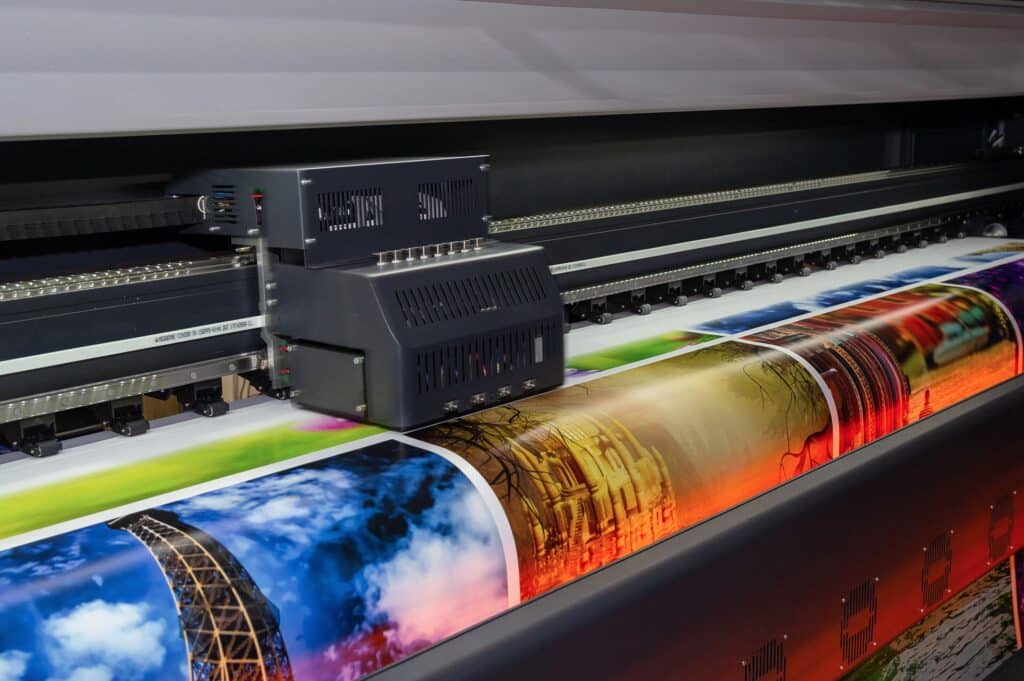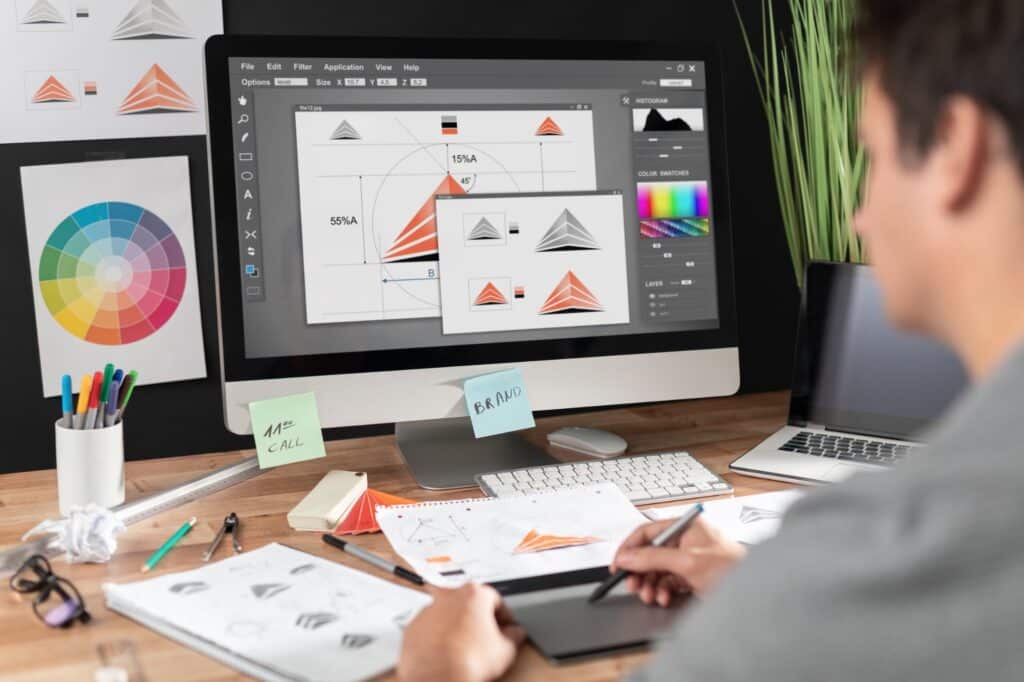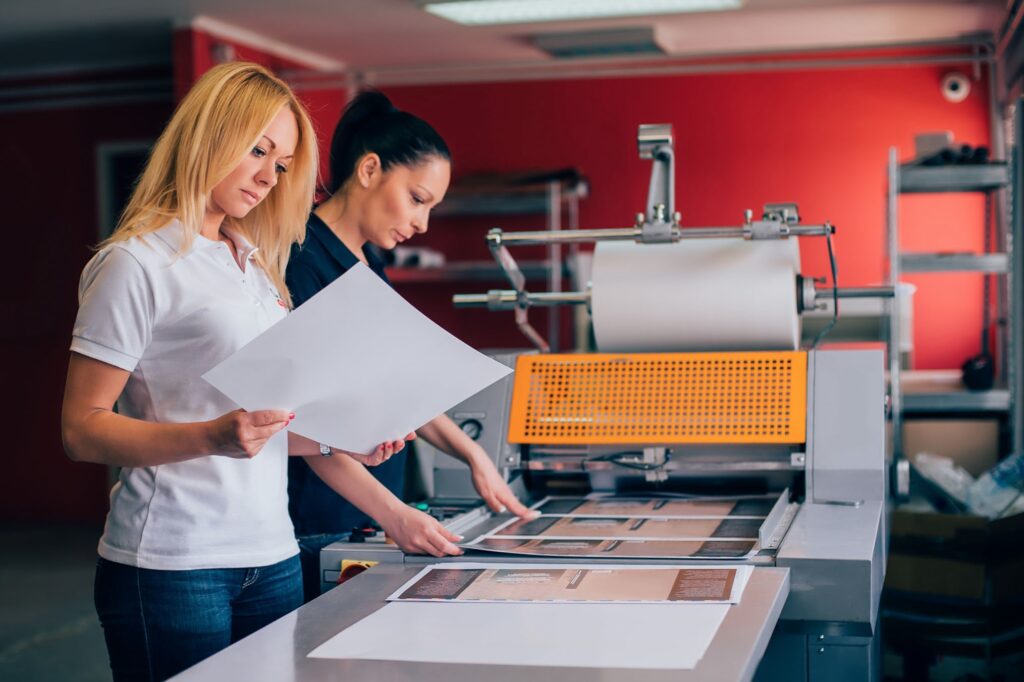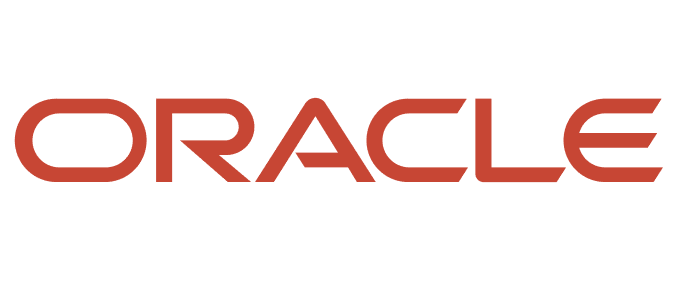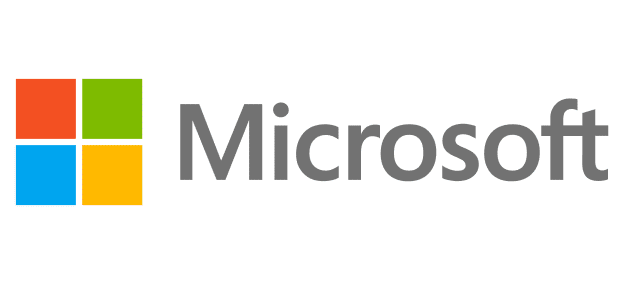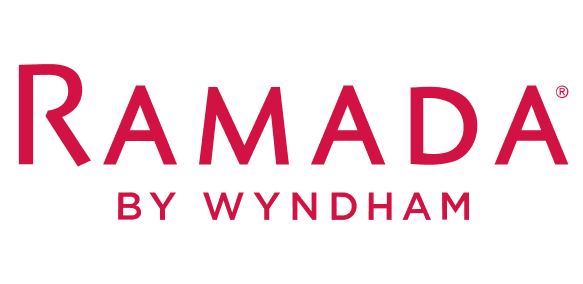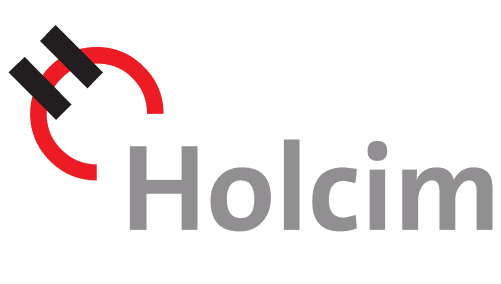If you haven't yet considered the right printing method, it's time to learn a little about the advantages of printing systems. Certain works can be printed in more than one way, but it's advantageous to choose the method that suits you to get the maximum profit in quality and price.
Digital printing in small and medium-sized sheets (32 x 45 cm, respectively 50 x 70 cm) is intended for small runs, of a maximum of 100-150 copies or A3+ format printing sheets (32 x 45 cm); it is also indicated if you want to personalize each copy (with a different name, for example). But there are strict limitations that it implies, from the format, to the impossibility of using special colors from the Pantone range; also, digital printing uses a smaller range of papers and cardboards.
Digital printing in medium-sized rolls, with a width of 50 cm, is a rarity, but we would like to inform you that it exists. In practice, we can print in full color (CMYK) on both sides at the same time on a gross width of 50 cm (48 cm finished) and on a length of many meters (the length of the roll), posters, signs or displays, at a quality almost identical to offset printing, on offset and double-coated papers and cardboards between 60-350 g/m2.
Large-scale digital printing, on a plotter, is performed on paper rolls with widths generally between 1 m and over 2 m. It is applied to large-scale works, especially for outdoor or posters and exhibition panels, presentation panels. When printing on paper or plastic rolls, the theoretical length is limited by the length of the roll.
Offset printing, or, in other words, classic printing, is intended for the vast majority of typographic works. It remains the most efficient multiplication system on paper and cardboard and, at the same time, the most faithful in color reproduction. Starting from a print run of 100-150 sheets and up, it is also the most economical way of printing.
Up to a print run of approximately 50,000 copies (for example brochures), sheet-fed offset printing is competitive, and above this print run, web-fed offset printing, on so-called rotary presses, becomes more convenient.
Certain works, even in small runs, must be printed on offset machines, not digital, due to the current limitations of these machines, which appeared in the 1990s. Most digital machines cannot print cardboard over 300-320 g/m2, cannot print with Pantone inks, and fail when you have to print large areas with light colors. In this case, they show their limits, unable to print the rasters uniformly, generating visible streaks due to fluctuations in ink intensity.
Screen printing is suitable for plastic supports in flexible sheets or rigid boards, but also for selective varnishing on paper and cardboard, in small and medium runs.
The flexographic one is intended for plastic supports, delivered in reels, and large runs of at least 20,000 copies.
Printing on plastic is more expensive than printing on paper and cardboard, due to the support, on the one hand, but also to the labor it involves. Plastic is indicated when the work will be destined for humid environments, outdoor exposure, with a high risk of degradation. Even paper protected by plasticization deteriorates upon contact with water, deforming along the edges.
For more details regarding a specific job, choosing the appropriate support and type of printing, please consult us.
